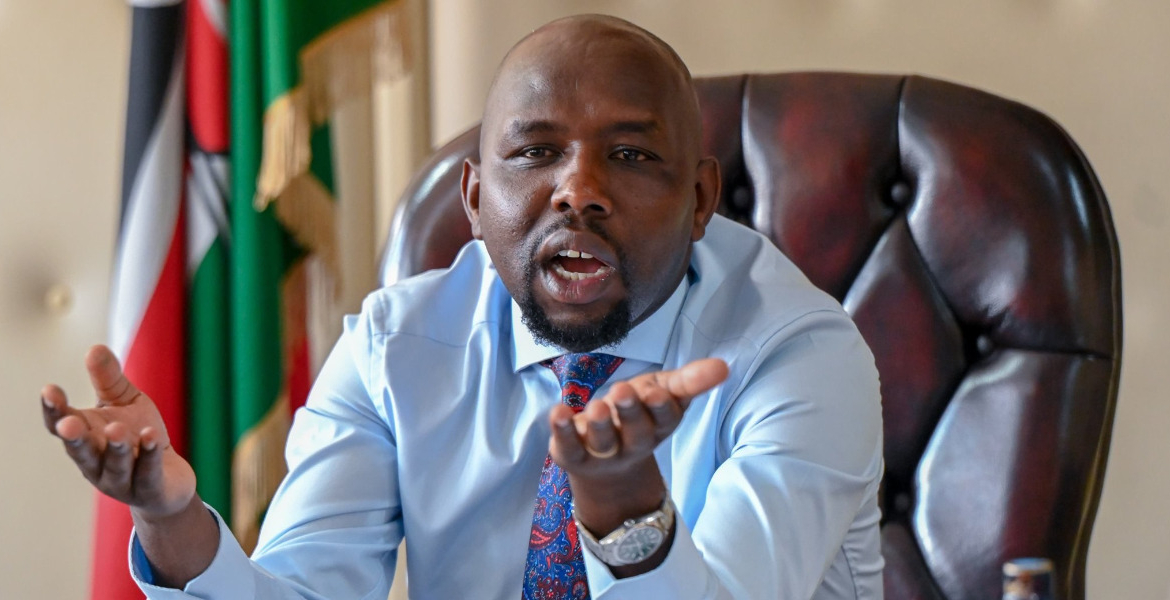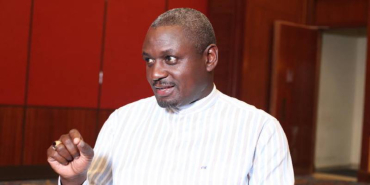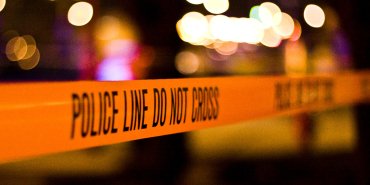Murkomen Issues New Use-of-Force Directive to Police

Kenya's Interior Cabinet Secretary, Kipchumba Murkomen, has introduced a new policy directive regulating the use of force and firearms by law enforcement officers.
The move follows intense public criticism over police conduct during recent anti-government protests. The directive, titled "Conditions as to the Use of Force and Firearms," is the first of its kind in 2025 and aims to establish a constitutionally compliant framework for police operations, particularly in sensitive situations.
Murkomen unveiled the policy during his Jukwaa la Usalama tour in Samburu County, emphasising that the directive is anchored in Articles 245(4) and 245(5) of the Constitution, rendering it legally binding.
He said that the public can hold him accountable for its implementation. The core tenet of the directive is a rejection of extra-judicial punishment. It explicitly prohibits police officers from using force beyond what is necessary once a suspect is safely detained. Force is permissible only in self-defence or in defence of others when faced with an imminent threat of death or serious injury.
In all other circumstances, officers are instructed to prioritise non-violent methods and ensure that any use of force is lawful, proportionate, and reasonable. In addition to guidelines on the use of force, the directive introduces accountability and wellness measures. Officers involved in force-related incidents are to receive counselling.
The National Police Service is tasked with reviewing its training manuals and operational procedures. The Directorate of Criminal Investigations will embed qualified personnel in investigative teams to ensure impartial and timely inquiries into reportable incidents. Furthermore, officers charged in connection with use-of-force events will receive legal representation through the Office of the Attorney-General.
The implementation of this directive comes after a period of significant civil unrest. On 25 June and 7 July, widespread anti-government protests resulted in 42 deaths and nearly 600 injuries, including 496 law enforcement officers. The government has characterised these demonstrations as “premeditated criminality,” citing instances of mobs attacking and burning 16 police stations and posts, looting supermarkets across multiple counties, and disrupting operations at hospitals and government offices.
One incident involved the killing of three detainees during an assault on Ol Kalou police station, where 26 vehicles and 18 county motorcycles were torched. In response to the protests, the government has made over 1,500 arrests, charging individuals with offences ranging from terrorism and robbery with violence to arson and sexual assault.
However, rights organisations and civil society groups have expressed concern over what they describe as the militarisation of policing and the erosion of constitutional safeguards. Amnesty International Kenya has cautioned that Murkomen’s rhetoric—particularly his earlier “shoot-to-kill” order—could encourage extra-judicial killings.
“Labelling protesters as terrorists without proof opens the door to abuse,” said Executive Director Houghton Irungu.
Former Chief Justice David Maraga has also criticised the government’s approach, accusing it of weaponising prosecutorial powers to suppress dissent. “Charging citizens exercising their constitutional right to demonstrate with terrorism is an overreach and a blatant perversion of justice,” Maraga said.
Religious leaders have echoed these concerns, with Rev David Githanga of the National Council of Churches of Kenya asserting that “the right to life is not negotiable” and cautioning against meeting “fire with fire.” The Kenya Devolution Civil Society Organisations Working Group has called for restraint and urged all actors—citizens, the state, and security agencies—to uphold human rights during demonstrations.
The new policy is designed to address a pressing need for reform within Kenya’s law enforcement. The directive seeks to recalibrate the relationship between the police and the public by mandating transparency, accountability, and respect for life.








Add new comment